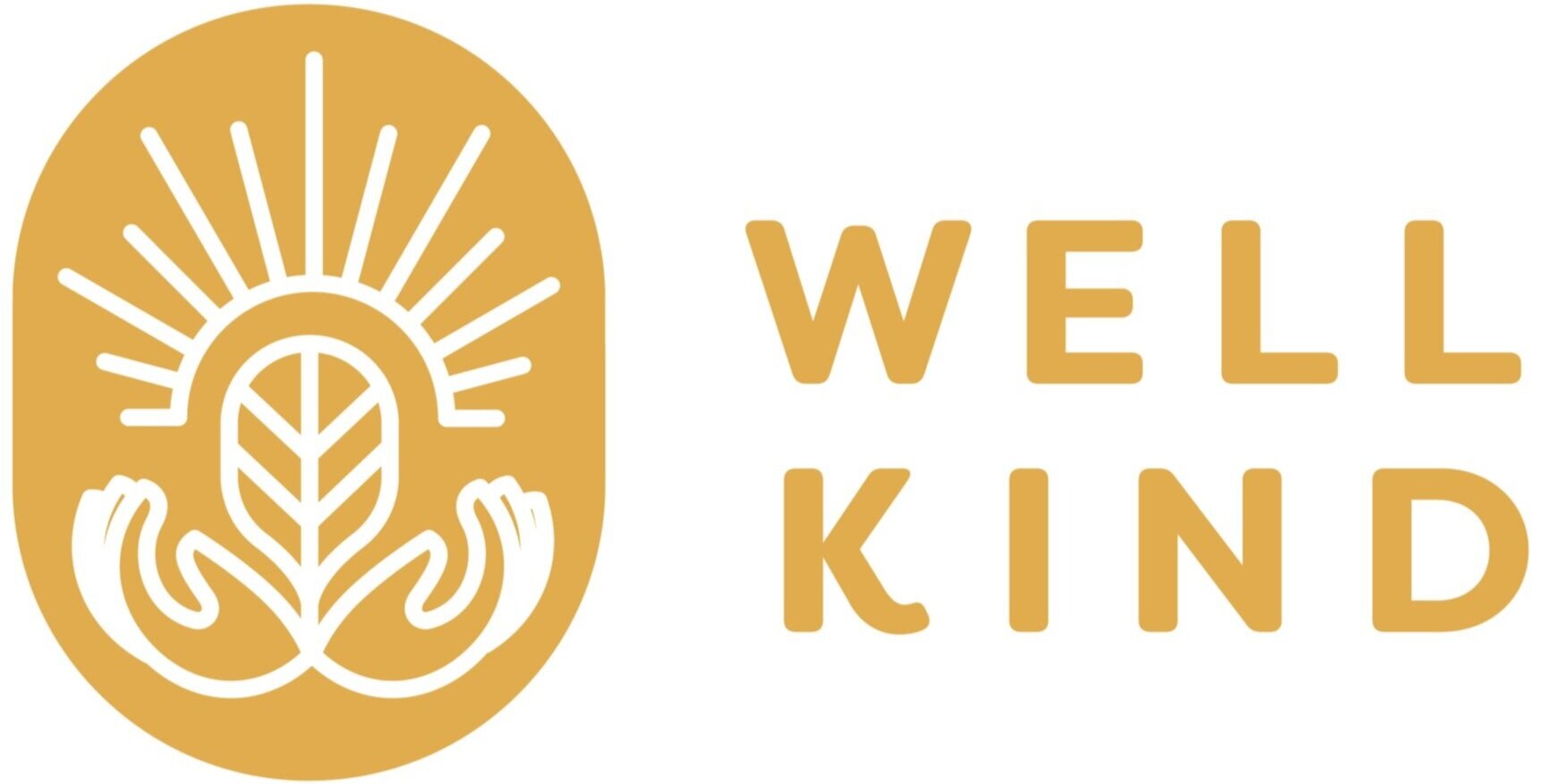Fighting the Flames: Why Fires Are Increasing and What We Need to Do
By Emma Tanaka, WellKind Forestry Intern
Emma Tanaka was an intern for WellKind Forestry during our summer 2022 session, exploring wildfires and other environmental topics.
We often tend to think about fires as a normal occurrence. Just as school shootings have become a normalcy in the media, natural disasters are close behind. We see our worst nightmares in pictures of a blazing red hot fire overtaking a house that once was home to a family just like ours. We sympathize with that family and think, “That is so terrible, and I truly feel sorry for them.” But then we go on with our lives, as if these events can’t happen to us, and that this increase in fire occurrence and severity is not a huge warning sign of what is to come in our recent future on this planet.
But we all need to wake up. In the past decades, climate change has dramatically worsened, and there are many telling signs that we must start paying attention to.
Why Fires Are Becoming So Deadly
It’s not so much that large and catastrophic fires haven’t occurred in the past—they have. According to Keeley and Syphard (2021), “One of the biggest historical events was the 1910 ‘Big Blowup,’ which reached epic proportions and was an important impetus for fire suppression policy.” However, the article also pointed out that the frequency of large fires that are occurring especially in California are increasing significantly. In their study, the researchers found that out of the 12 largest fires in California on record, five occurred in 2020, and four occurred in the nineteenth century. This is an indication of how much fire occurrence and severity has worsened in recent years.
These increasingly damaging and intense fire events correlate directly with other telling signs of climate change, an important one being the drought that California has been suffering through for decades (Keeley and Syphard 2021). Additionally, the increase in fires and fire severity will only create more issues for the environment, and has already started to. As mentioned in Heidari, Arabi, and Warziniack (2021), the increase in fire occurrence and severity is detrimental to not only the health of many forest ecosystems but also the urban communities whose foundations lie nearby. Many of these communities are being destroyed by intense fires that burn for weeks, not to mention the destruction of healthy soil and trees from forest fires which has a negative trickle down effect on the rest of the environment, especially the animals who rely on trees for various necessities like food and oxygen.
In May of this year, the largest wildfire ever recorded occurred in New Mexico, exploding from a prescribed burn after unexpected high winds and poor planning. It burned more than 312,000 acres, setting a record that only serves as another warning for our planet (Westervelt, 2022).
Additionally, the reason behind the unusually high wind speeds is due to guess what? Climate change! To be more specific, the name of the phenomenon is differential heating, which is defined as the difference in temperature between different areas. As global warming worsens, the difference in temperature shrinks as overall global temperature rises, and therefore wind speeds are thrown off balance (Climate Signals, 2021). The increase in wind speeds has only increased the severity of fires and will continue to do so if global warming keeps worsening at the current rate.
How YOU Can Make an Impact
The issues of climate change and devastating fires are certainly overwhelming for all of us, especially for the average human being, including myself, who may think that there’s nothing we can do because we aren’t firefighters or politicians. However, what we need to realize is that we are all capable of having an impact on this issue, and we must use our individual voices and strengths to contribute in any way we can.
When I first started researching this topic, I wasn’t sure where I could start and how I, a 17-year-old girl, could possibly make an impact. But I thought about a presentation done for WellKind by Nalleli Cobo, a girl not much older than me, who has advocated for environmental justice starting at the young age of 11 and has become a strong woman making a huge difference in her community and in the world.
In terms of fire prevention, there are a few simple but effective steps the average person can take. We can install fire alarms, have an evacuation route in place, not heavily rely on large extension cords, not purchase smartphones with combustable, counterfeit batteries, and regularly maintain and check on circuits and electrical appliances in the home. In terms of politics, you can write letters and petitions to local governments about the harmfulness of practices such as slash and burn techniques and forest thinning.
References
Miller JD; Skinner, CN; Safford, HD; Knapp, EE; and Ramirez, CM. (n.d.). Trends and causes of severity, size, and number of fires in northwestern California, USA. Ecological applications : a publication of the Ecological Society of America. Retrieved July 22, 2022, from https://pubmed.ncbi.nlm.nih.gov/22471083/
Heidari, H. (2021). Effects of Climate Change on Natural-Caused Fire Activity in Western U.S. National Forests. MDPI. https://www.mdpi.com/2073-4433/12/8/981
Keeley, J. E. (2021). Climate Change and Future Fire Regimes: Examples from California. MDPI. https://www.mdpi.com/2076-3263/6/3/37
Westervelt, E. (2022, July 3). Ecologists say federal wildfire plans are dangerously out of step with climate change. Opb. https://www.opb.org/article/2022/07/03/ecologists-say-federal-wildfire-plans-dangerously-out-of-step-with-climate-change/
Surface Wind Speed Change. (2021b). Climate Signals. https://www.climatesignals.org/climate-signals/surface-wind-speed-change

